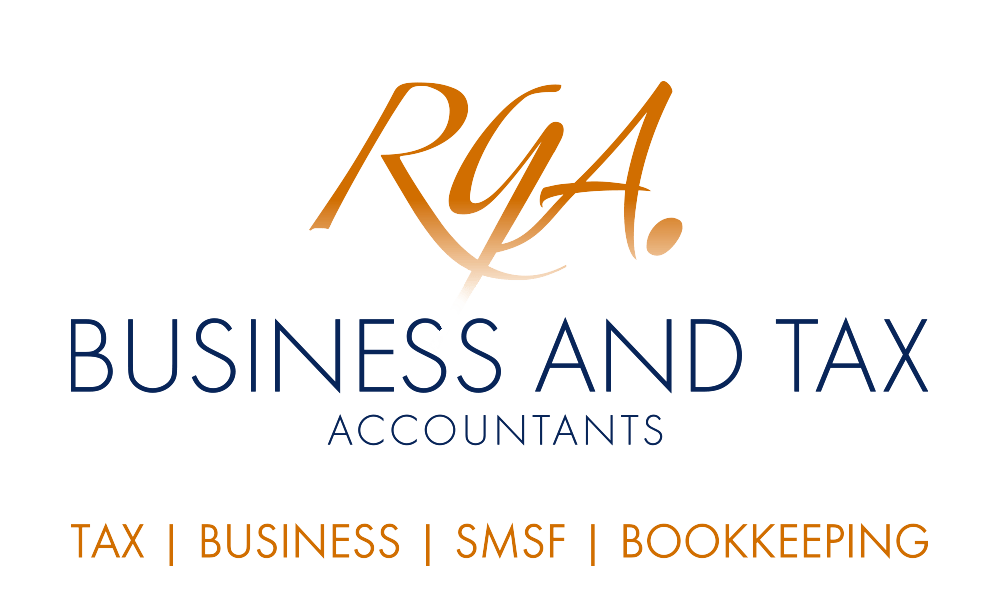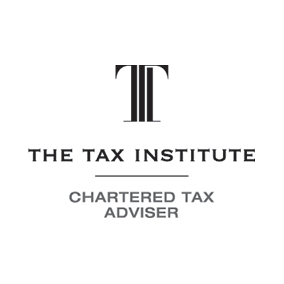8 Ways to Improve your Growth and Profit

Do you need clarification on which strategies will accelerate the growth and profit of your business?
8 ways to improve your business growth and profit:-
Step 1: Set clear goals. Define your growth and profit goals. Be specific about what you want to achieve and set measurable targets. This will provide a clear direction for your business and help you stay focused on your objectives.
Step 2: Analyse your market. Analyse your target market and industry trends. Identify opportunities for growth, potential gaps in the market, and emerging customer needs. This will help you tailor your products or services to meet market demands effectively.
Step 3: Enhance your value proposition. Refine your value proposition to clearly communicate the unique benefits your business offers. Differentiate yourself from competitors by highlighting your strengths and addressing customer pain points. A compelling value proposition will attract more customers and drive growth.
Step 4: Expand your customer base. Identify new customer segments or untapped markets that align with your products or services. Develop targeted marketing campaigns to reach these audiences and expand your customer base. Utilize digital marketing channels, social media, and partnerships to increase your reach.
Step 5: Optimize your pricing strategy. Review your pricing strategy to ensure it aligns with your growth and profit goals. Consider factors such as production costs, market demand, and competitor pricing. Experiment with different pricing models, discounts, or bundling options to maximize profitability.
Step 6: Improve operational efficiency. Streamline your business operations to reduce costs and improve efficiency. Identify areas where you can automate processes, eliminate waste, or optimize resource allocation. This will free up resources that can be reinvested in growth initiatives.
Step 7: Foster customer loyalty. Focus on building strong relationships with your existing customers. Implement customer retention strategies such as loyalty programs, personalised communication, and exceptional customer service. Loyal customers not only generate repeat business but also become brand advocates, driving new customer acquisition.
Step 8: Monitor and adjust. Track key performance indicators (KPIs) regularly to monitor your progress towards your growth and profit goals. Analyse data, identify trends, and make data-driven decisions. Adjust your strategies as needed to optimize growth and profitability.
Ready to take your business to new heights of growth and profitability? Follow these 8 steps to develop a solid plan, implement effective strategies, and drive sustainable business growth.
If you want to do more work on this to improve your growth and profitability, we have a FREE 5 minute diagnostic tool to identify the top 3 areas that are working well and top 3 areas you need to work on to improve and an overall graph showing how you performed across the top key success factors: marketing, sales, people, implementation, strategy, profit, leadership, innovation, technology, and systems. You will also have the ability to see how you compare to the global benchmark (average scores of all completed diagnostics) on each of the factors. You will be presented with your results immediately after clicking 'Submit' at the end of the diagnostic. Click here to complete this FREE diagnostic. If you have any further questions or need assistance, feel free to ask!
Need Help with your Business, Bookkeeping, Tax or SMSF requirements?
If you would like a little help, please get in touch with us for assistance. We can help with your business, bookkeeping, tax and SMSF requirements.
Please also note that many of the comments in this publication are general in nature and anyone intending to apply the information to practical circumstances should seek professional advice to independently verify their interpretation and the information’s applicability to their particular circumstances. Should you have any further questions, please get in touch with us for assistance with your SMSF, business, bookkeeping and tax requirements. All rights reserved. Brought to you by RGA Business and Tax Accountants. Liability Limited by a scheme approved under Professional Standards Legislation.















